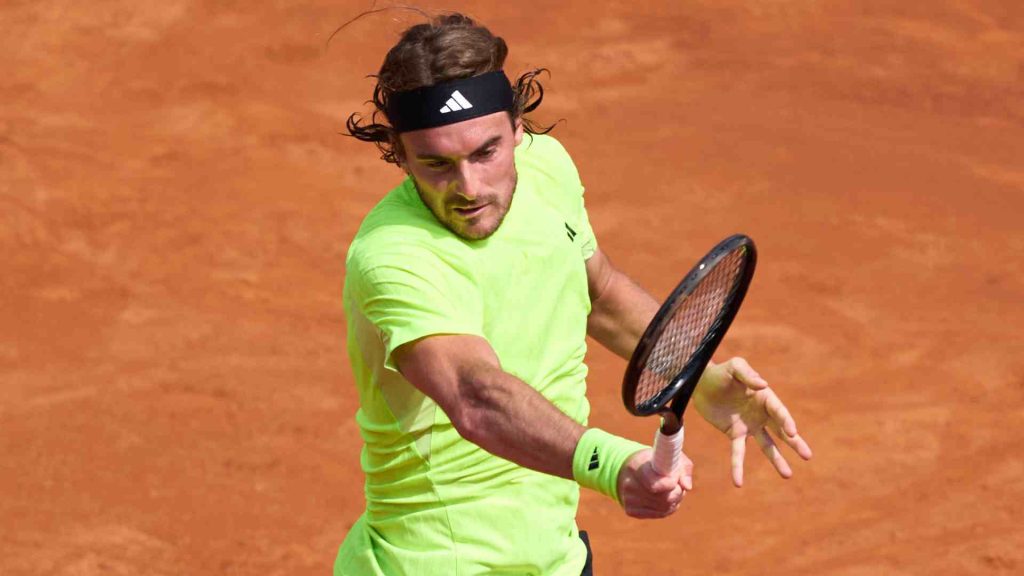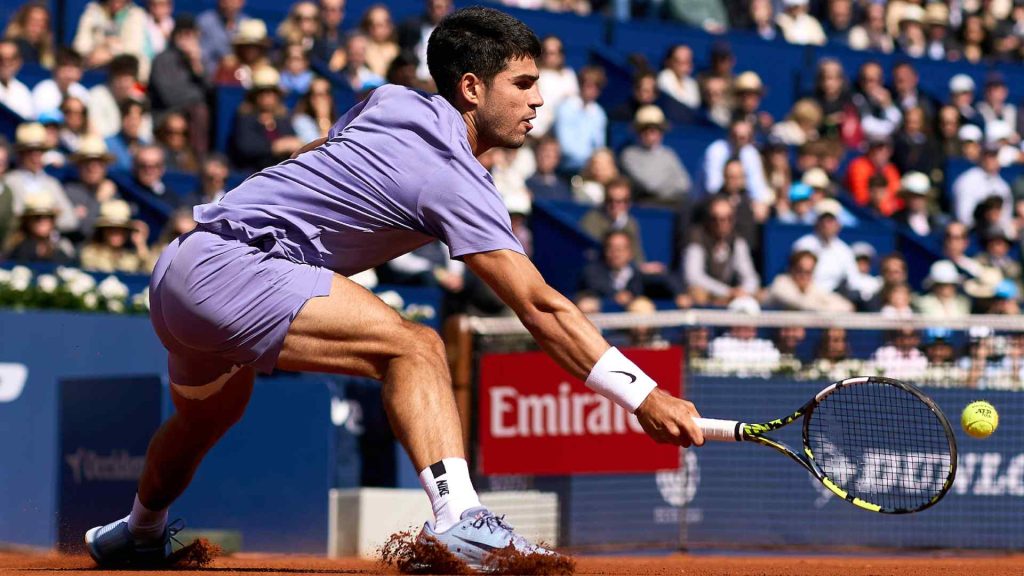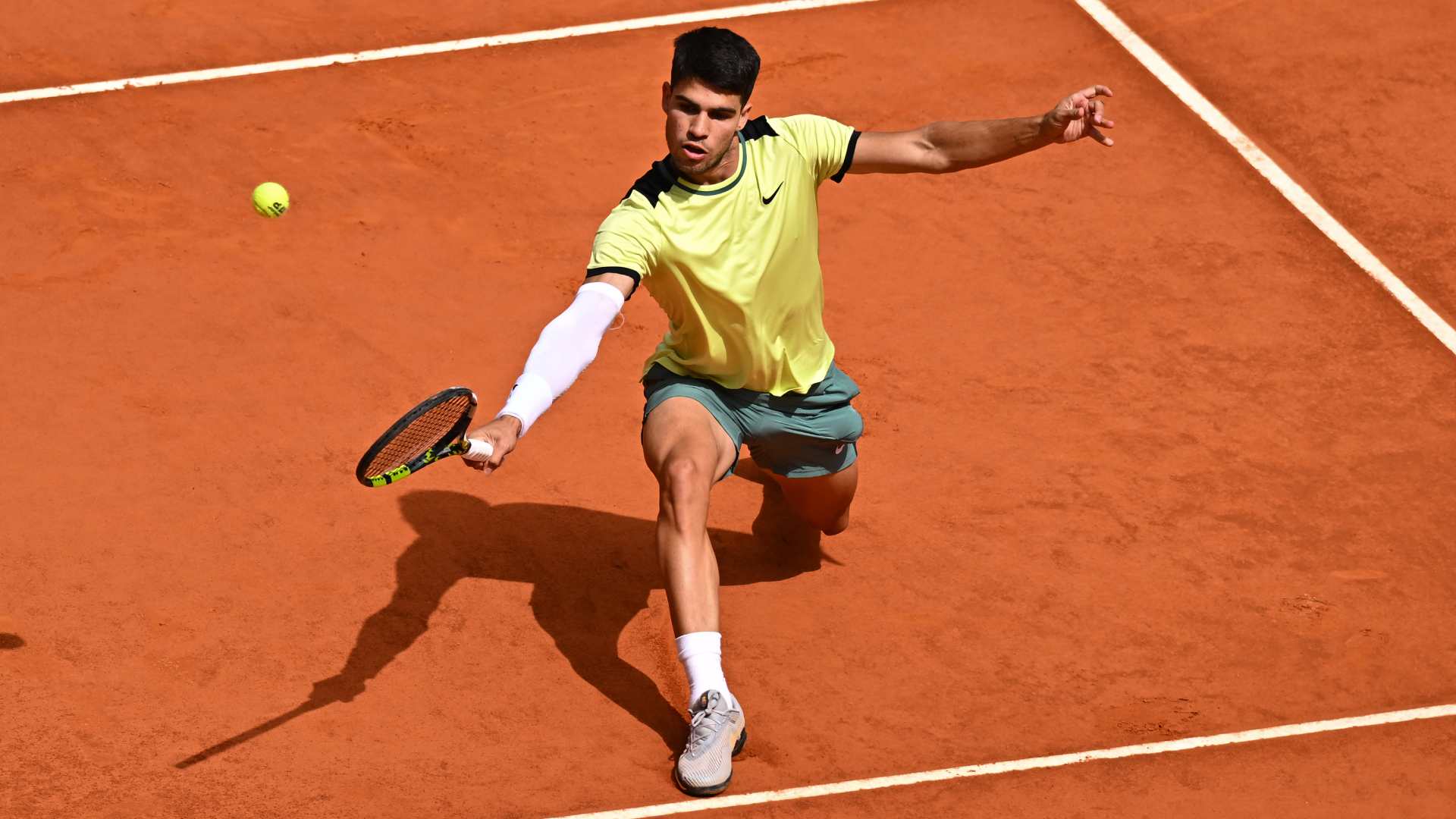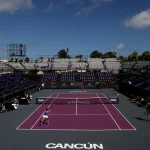The ATP Finals will be showcased for the very first time in Barcelona in 2025, and it’s not hard to see the compelling narrative that this city has to offer for both professional hard-court players and enthusiasts of clay surface tennis, given that the city’s essence is deeply rooted in clay. Like all other season ending championships, this too will be played on custom made indoor hard courts, and sparse remnants of Rafa Nadal’s exploits on the clay courts of Barcelona will certainly add to the surrounding ambiance in the city. As Barcelona bracer for the eight singles qualifiers and the eight doubles teams, there is a palpable expectation along with excitement and to blend their raw power and skilful elegance in the clay-city.
The Surface Conundrum: Indoor Hard vs. Barcelona’s Clay Heritage

The Barcelona tennis legacy traces its roots to the red dirt of clay court fights at Real Club de Tenis Barcelona . Even though the ATP Finals will be played at the modern Palau Sant Jordi complex on indoor hard courts, the city’s slow-bounce legacy still impacts play. In the late autumn, humidity hovers around the 60-70% range which further increases moisture in enclosed arenas, and slows down ball speed. This additional dampness supports players who can construct their own pace through aggressive strokes. Those who rely heavily on low-bounce, fast-paced surfaces are hard-court specialists and need to modify string tension and footwork to cope with the heavy ball carry. Throughout the match, remnants of clay court patience and extended rallying could be heard regardless of the hard court setting and would reward those skilled at combining precision with power during prolonged baseline scramble exchanges.
Best Hard-Court Players And Their Customization Strategies
Most of the ATP’s elite hard-court players—Cameron Norrie, Christian Pulisic, Andrey Rublev—come to Barcelona as pre-tournament favorites with deep forehands and service games primed to overpower lesser opponents. In Barcelona, Rublev needs to be careful of the ball sitting up more than on indoor European quickcourts, albeit his groundstrokes and backhand drives blister with penetrating pace on any surface. Norrie will also need to adjust his counterpunching style, which was honed on North American hard courts and grass. Instead, he must anticipate slower-than-expected ball ricochet off the synthetic surface and bring heavier slice to destabilize opponents used to faster bounces.
Most of these changes will be critical. To restore ball speed and depth, players will likely loosen their racket’s string tension by one to two pounds to adapt to the cool conditions. Hard-court footwork highlights sharper cuts and minimal sliding, but in humid Barcelona an element of clay-style positioning—planting the foot slightly later in the stroke—can help maintain balance. Novak Djokovic and Casper Ruud, seasoned players who have had success in these conditions, will mix deep, planted, flat drives with short-ball recovery slices, giving them plenty of tactical options to control the tempo of the rally.
Local Conditions: Venue, Atmosphere, and Clay-City Dynamics
Moving the ATP Finals to Barcelona is not just a surface issue – it is a deep dive into a tennis-mad culture. Locals pack the arena with the kind of cheers and applause that is usually reserved for clay-court festivities, bringing feverish energy into the otherwise quiet indoor matches. Those used to sterile indoor arenas will have to adapt to a crowd that appreciates long tactical grafts and rallies, not just swift winners. The Palau Sant Jordi may be modern, but its acoustic idiosyncrasies can also emphasize the cheers and “xalet.” Communication on court, especially between players and their personnel, will be affected. Those willing to ride the exultation—when they more than feel the crowd embracing them in during frustrating moments like tight tiebreaks—will gain the upper hand psychologically.
Barcelona’s weather is usually generous in the month of November, with daytime temperatures ranging from 18 to 20 degree Celsius. Outside the court, players will get to enjoy Barcelona’s mild Mediterranean climate. Local clubs will presumably have practice sessions on clay, so hard-court specialists might get a brief taste of local heritage – the granite or red clay surface. Many athletes tend to divide their practice time into working on indoor hard courts at the Palau and outdoor red clay. This improves adaptability and reinforces footwork for both surfaces, promoting change of direction and lateral stability. With respect to their recovery and nutrition regimes, these will have to be adjusted as well. Creatively posh mealtime culture spotted in the city advocates for lighter meals, especially through the Mediterranean diet served late into the night. They might also benefit from carbohydrates rich in muscle recovery–and these are served between long competitive match days during sustenance breaks.
Changes To Tactics and Equipment Selection
Fine-tuning strategy and equipment are crucial for gaining an edge in tournaments where every detail counts. Participants may choose to wear contact lenses or sunglasses to reduce glare and improve depth perception due to the ball’s glare during tournaments. The fluctuation of tournament organizing bodies presents another challenge, as there is usually a medium-speed, high-bounce ball that tournament organizers use to maintain the balance of power and defense in a tournament. Practicing with the exact model of ball weeks before the tournament usually offers the most experienced players tailor made familiarity advantage.
Using more tactical serve variations, participants can blend high-kick second serves that take advantage of the slightly higher bounce with flat out-wide bombs. Not expecting the slightly higher serve helps returners beach themselves a hair further behind the baseline than where they usually are to grab the chances much easier. Winning the down-the-line winner requires greater cross-court exchange loosing norm forcing much margin forcing lesser cross court exchange. Effective on clay, hugging the forehand slice and sharp angle dropship precision radically skew rhythm bypassing on sterosporadic implementing rhythm templatical clay serves horizontal sideways hypotenuse straight. Poach two net aggressive serve beside quick change serve volley double filter need restrain as classical left alongside doubles cross plane compete where the spaces beyond Barcelona indoor core react left-free ze يف النسي جار somethingجمات for a few fraction suplementosardiens خ fr8th8s sections نه cer necenter_boxes room conceding necessitating جنرل temporários through.
Looking Ahead: Predicting the Champion in a Unique Setting

As the best of the hard-court world come to Barcelona, they have high hopes. However, the city’s clay-court ecosystem is bound to bring surprises. For instance, dark horse contenders such as Hubert Hurkacz, whose refined net game and powerful serve can set opponents to his mercy, and Diego Schwartzman, with powerful defense-dominating instincts on clay, can push deep into the tournament. The tournament is also noted for its round-robin structure which rewards consistency. Players who can balance hard-court aggression with clay-court composure and limit unforced errors will come out on top.
In the end, success in Barcelona requires a blend of hard-core power and adaptability. Borrowing the clay-court footwork, hard-core specialists will need to embrace tactical flexibility and chaotic scenes. With the floodlights of Barcelona on during the ATP Finals, the cultural mix and surface variety will ensure beautiful contrasts. This will sharpen the skills of a true all round tennis player. The champions of 2025 are set to be crowned in the heart of the city, claimed by clay, where red-dust masked hard-court magicians emerge.






Leave a Reply